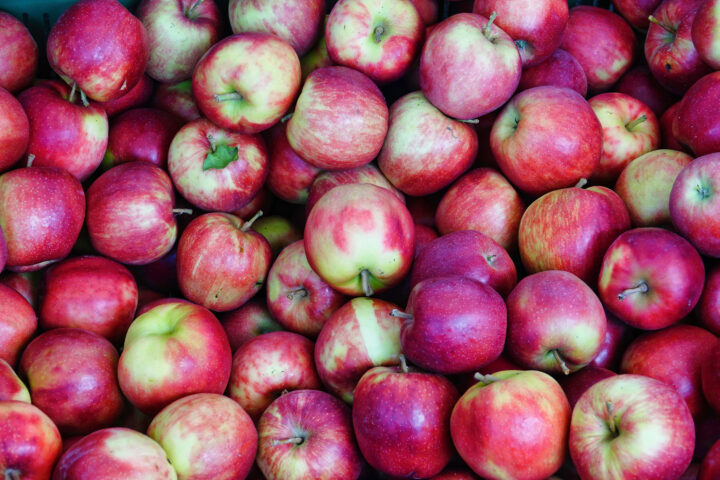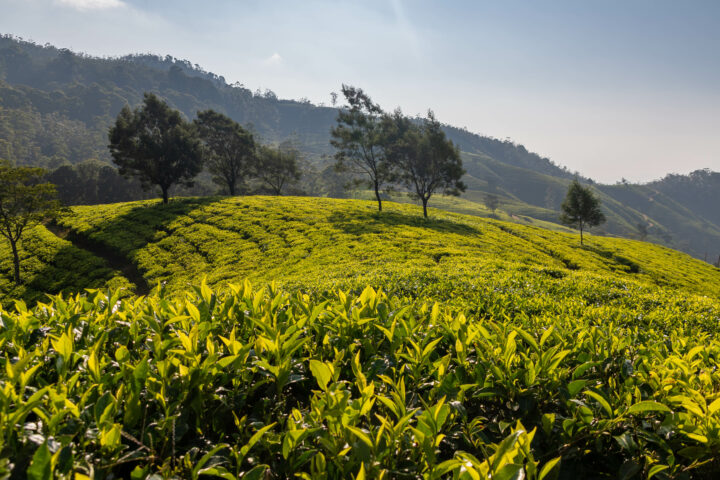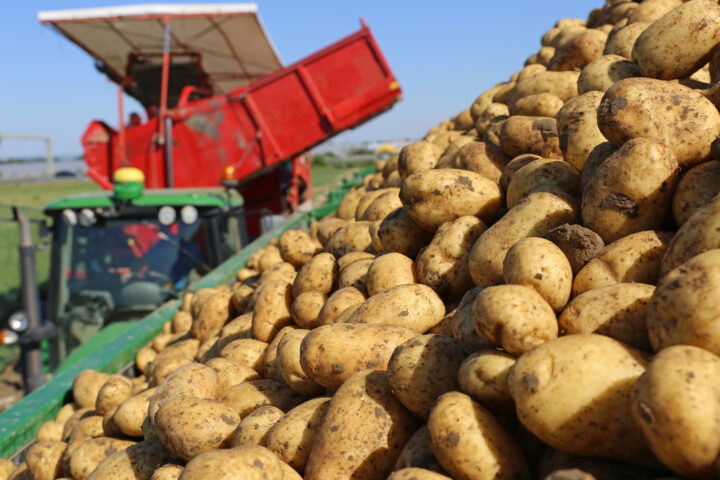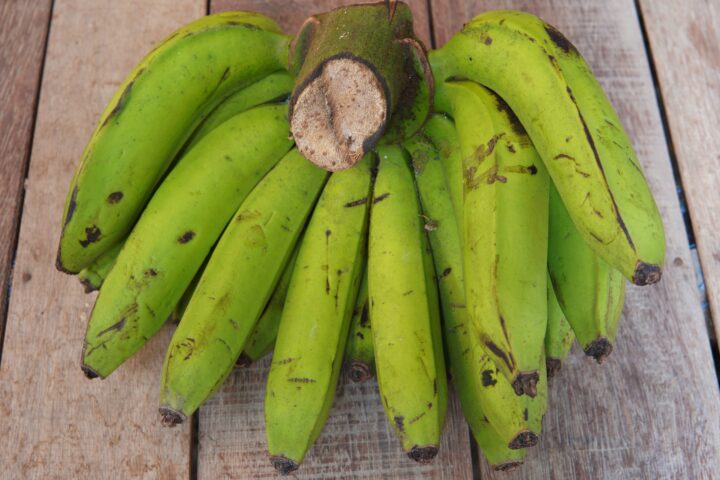
Invasive Species Play a Role in Species Extinction
The UN's Intergovernmental Science-Policy Platform on Biodiversity and Ecosystem Services (IPBES) has explored how invasive alien species contribute to species extinction. The report's findings are stark: Invasive alien species significantly threaten our natural environment, economy, food security, and health. They are a primary factor in 60% of animal and plant extinctions, leading to annual costs exceeding 423 billion US dollars.
Wednesday, September 20, 2023
IPBES's report emphasizes that the risks of invasive alien species have been gravely underestimated. In 2019, IPBES had already identified these species as one of the top five drivers of biodiversity loss. Building on this, they collaborated with 86 experts from 49 countries over four years to produce this comprehensive assessment, released in September 2023. Swiss media, including Watson and Blick, have covered this pressing issue.
Indigenous Communities Bear the Brunt
For Professor Helen Roy, one of the report's lead authors, invasive alien species are a formidable threat to biodiversity. They inflict irreversible harm on our natural world, resulting in both species extinction and human health threats. Only a subset of foreign species is deemed «invasive» - those causing detrimental effects. Specifically, 6% of alien plants, 22% of invertebrate alien animals, 14% of vertebrate alien animals, and 11% of alien microbes are classified as invasive. Indigenous communities, deeply rooted in their natural surroundings, face the direst consequences of these invasive species, leaving them susceptible to dramatic ecosystem alterations.
The Repercussions: Species Loss and Human Illnesses
IPBES underscores that 60% of extinction events are attributed to invasive alien species. They were the exclusive culprits in 16% of these instances. Over 218 invasive alien species account for more than 1,200 local extinctions. Instances of their impact include how North American beavers and Pacific oysters reshape ecosystems, often detrimentally affecting native species. The fallout from these invasions—ranging from agricultural losses and diseases to infrastructure damage—is financially burdensome. The Asian ladybug, introduced in Europe for pest control, has burgeoned, potentially displacing its native counterparts. These bugs are a nightmare for winegrowers: they often nest in grape clusters, and if harvested, they taint the wine.
Public health is jeopardized as well. Diseases like Malaria, Zika, and West Nile fever, propagated by invasive mosquito species such as Aedes albopictus and Aedes aegyptii, have surged. Ecosystem disruptions also damage human livelihoods. For instance, the introduction of water hyacinth (Pontederia crassipes), the foremost invasive alien species globally, has seen fish catches plummet in Lake Victoria.
Local biodiversity protection is a top priority on the international political agenda.
A key takeaway from the report, as highlighted by one author, is the attainability of significant strides against invasive alien species. A collaborative, multi-sectoral approach—spanning trade, transport, health, and economic development—is pivotal. The report proposes cohesive strategies and highlights over 40 areas demanding further research.
«The urgency presented by invasive alien species, causing profound harm to our environment and societies, underscores this report's significance,» says Dr. Anne Larigauderie, the Executive Secretary of IPBES. «Last year, global governments unified under the Kunming-Montreal Global Biodiversity Framework, committing to a 50% reduction in priority invasive alien species by 2030. While this goal is ambitious, the IPBES report equips us with the insights and tools to make this commitment a reality.»
Biodiversity and species diversity are pressing concerns that cannot be overlooked. These topics are intertwined with megatrends such as climate change, digital connectivity, urbanization, and ecological shifts. Everyone's awareness and proactive approach are as crucial as tangible efforts to counteract harmful organisms. While global discussions are essential, local actions are paramount, underscoring the need for a «glocal» approach.
Sources
Kindly note:
We, a non-native editorial team value clear and faultless communication. At times we have to prioritize speed over perfection, utilizing tools, that are still learning.
We are deepL sorry for any observed stylistic or spelling errors.
Related articles

Where the focus lies in apple breeding
The new head of Agroscope's fruit breeding research group is Andrea Patocchi. In an interview with the trade journal Obst + Wein, he explains where the focus of apple breeding lies today.

Chinese robot picks tea
There is a shortage of tea pickers in China. A robot developed by a researcher is set to remedy the situation and take over the work in future. Thanks to artificial intelligence, the machine can even recognise the shoots of the tea plant. The first harvesting robots are also already being developed in Switzerland.

Potato farmers want robust varieties
As the use of pesticides is to be massively reduced, the potato industry now wants to focus on more robust varieties. The industry has even concluded a target agreement with the federal government. This is ambitious: By 2040, robust varieties are to thrive on 80% of potato cultivation areas.

How genetic engineering is saving the Cavendish banana
The most popular banana variety - the so-called Cavendish banana - could soon disappear due to a persistent fungus. Australian researchers have developed a solution based on genetic engineering.

